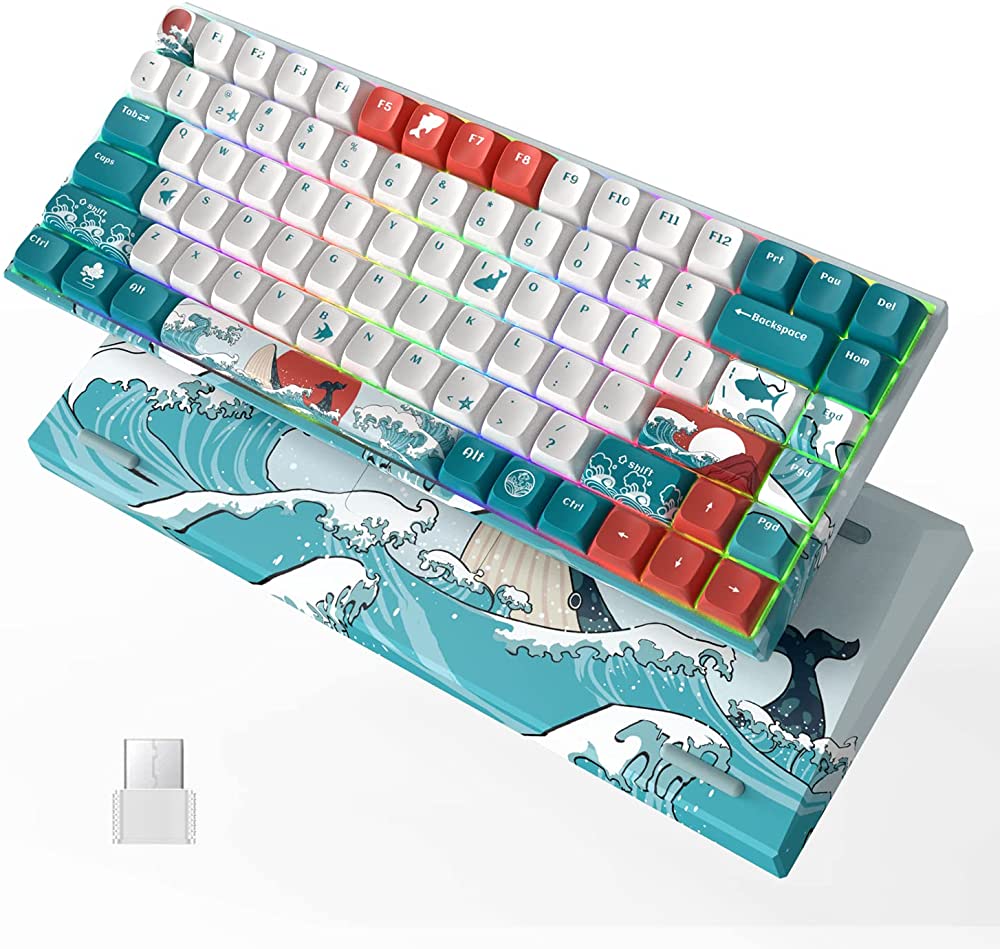The future of game design is predicted to be innovative and exciting, as advancements in technology and creativity continue to evolve the industry. Art and technology are merging to create more immersive environments, with virtual reality games becoming more realistic, open-world games featuring vast and detailed environments, and procedural generation providing vast and complex game worlds that change based on players’ actions. Artificial intelligence is also being used to create more dynamic gameplay, and user-created content can extend the life of games and create a personalized experience. The future of game design promises to be engaging and innovative for all levels of gamers.
The Future of Game Design: How Art and Tech Fuse Together
The world of game design is constantly evolving. With technological advancements and creativity fueling the industry, there is no doubt that the future of game design will be exciting and innovative. As the line between art and technology becomes blurred, we can expect to see new and immersive experiences that will change the way we play games. In this article, we’ll explore how art and tech are fusing together to create the future of game design.
Immersive Environments
One of the most exciting developments in game design is the creation of more immersive environments. This is made possible by the combination of powerful graphical engines and sophisticated hardware. For example, virtual reality games are becoming more common and more realistic. This technology allows players to immerse themselves in the game’s environment and interact with it in a much more natural way.
Another application of immersive environments is in open-world games. These games feature vast environments that players can explore and interact with. The environments are often highly detailed and realistically rendered, creating an immersive experience that draws the player into the game’s world. As technology continues to improve, we can expect to see even more immersive environments in the future.
Artificial Intelligence
Artificial intelligence (AI) is another area where art and tech are coming together in game design. AI can be used to create more realistic and dynamic gameplay, making the game world feel more alive. For example, AI can be used to create intelligent enemies that react to the player’s actions in a more realistic way. This can increase the challenge of the game and make it more engaging.
AI can also be used to improve non-player characters (NPCs). By giving NPCs more realistic behaviors and emotions, players can interact with them in a way that feels more natural. This can create a more immersive and engaging game world.
Procedural Generation
Procedural generation is the process of creating game content (such as levels and environments) algorithmically rather than manually. This allows for the creation of vast and complex game worlds that would be impossible to create manually. For example, No Man’s Sky uses procedural generation to create a vast universe that players can explore.
Procedural generation can also be used to create dynamic content that changes based on the player’s actions. For example, in Minecraft, the world changes as the player interacts with it, creating a constantly evolving game environment. This can create a more engaging and unpredictable game world.
User-Created Content
User-created content (UCC) is another area where art and tech are fusing together. UCC allows players to create and share their own game content, such as levels, mods, and skins. This can greatly extend the life of a game and create a community of players who share a common interest.
UCC can also be used to create more personalized game experiences. For example, in LittleBigPlanet, players can create their own levels and share them with others. This allows players to create their own unique game experience and share it with others.
The Future is Bright
Overall, the future of game design looks bright. As art and tech continue to merge, we can expect to see new and innovative experiences that push the boundaries of what is possible. With immersive environments, artificial intelligence, procedural generation, and user-created content, the possibilities are endless. Whether you’re a casual gamer or a hardcore enthusiast, the future of game design promises to be exciting and engaging.
